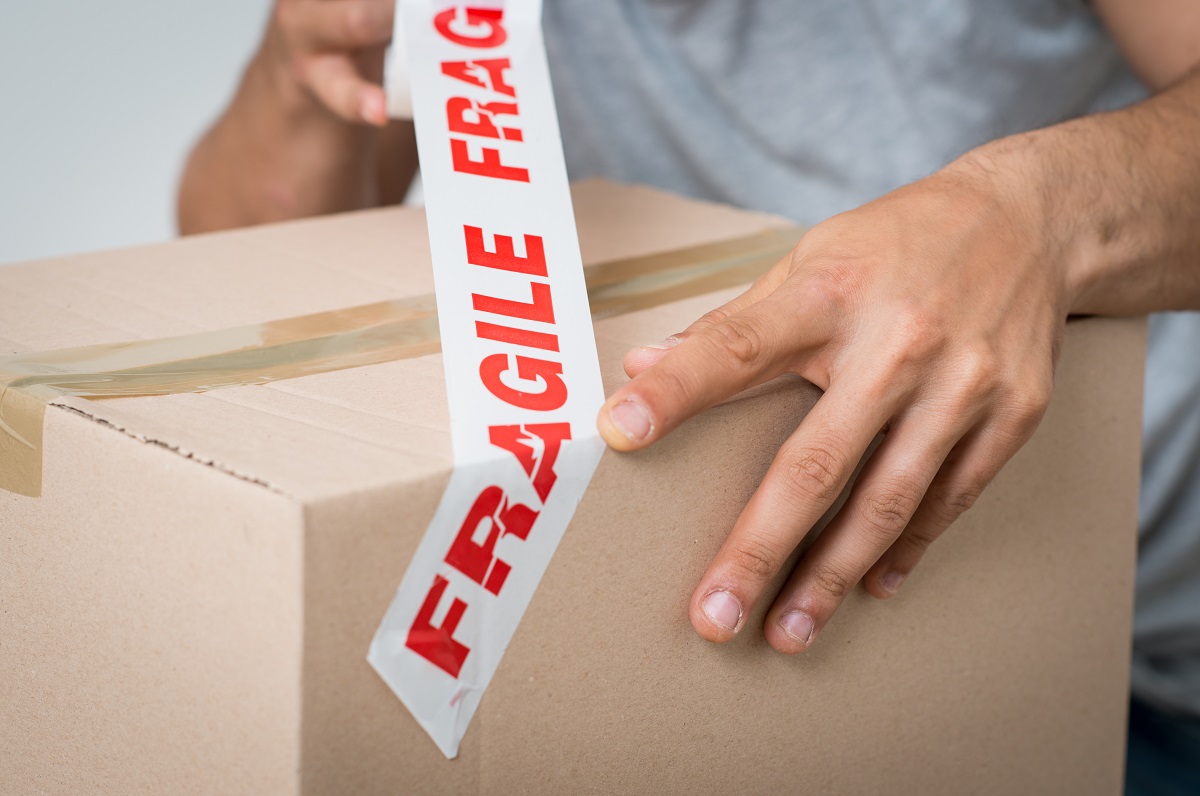Economic uncertainty and low consumer confidence have led to the steepest drop in retail sales since modern recordkeeping began in 1953. U.S. Census Bureau statistics show that total retail sales plunged over 16 percent in early 2020 as people avoided stores and restaurants. Some sectors were hit harder than others: clothing and furniture sales dropped 79 percent and 59 percent, respectively.
Even consumer behavior has been erratic lately. Panic buying saw store shelves stripped of essential goods, with some areas suffering severe shortages. Then came the retail pause, with sales dropping then plateauing. Since then, there have been waves of growth as the world starts to recover. With all the uncertainty ahead, retail businesses have had to adapt in such a short time to ensure their survival.
The retail industry has entered an era of transformation to cope with the tectonic shifts in the economy. Many businesses that adopted new tools such as a POS system came out stronger and enjoyed growth when many had gone under. If you want to survive, you need to innovate.
I’ve compiled a few strategies that might help you weather the storm:
Establish a digital presence
People stopped eating out and going to malls and stayed at home. With nothing else to do, many have taken to the internet to fill their time. According to a recent survey, nearly half of all adults, including around 60 percent of the coveted 18-to-49 demographic, reported increased social media usage. Where consumers go, businesses should follow, and that means establishing a digital presence.
With their physical locations indefinitely closed, many retail businesses have pivoted to online stores as the primary means of serving customers. Increased online traffic means you have more opportunities to attract traffic and boost your brand’s profile. Customers can also directly contact you, and vice versa, through social media.
Invest in in-store safety
In areas where lockdowns and travel restrictions have been lifted, many businesses still find it difficult to entice customers to go to a physical store. People are still understandably worried about their health and safety. One way to improve consumer confidence is to invest in in-store safety measures.
Health strategies such as dedicated shopping hours for certain guests, hourly disinfection of carts and baskets, and reduced store capacity have made the retail experience safer for consumers and employees. It’s also important that you communicate the operational changes you’ve made to the public.
Focus on upselling and cross-selling
People are more prone to impulse purchases when shopping online. When designing your online store, make sure to include opportunities for upsells and cross-sales. For instance, if the buyer adds an item to their shopping cart, you can recommend other things that interest them. All those impulse purchases add up, and you’ll start seeing an uptick in sales once you implement this strategy.
Start a loyalty program
Loyalty programs benefit both the business and the consumer. Consumers love them because the idea of being rewarded for shopping is exciting, and they feel more connected to the brand. Meanwhile, the valuable customer data you gain from the program allows you to improve your services.
You don’t have to start something complicated. Even something as simple as exclusive sales and member-only discounts can entice more people to flock to your brand. Just make sure that your rewards are financially sustainable.
Keep a close eye on your inventory

Retail is all about selling the right products at the right time. For starters, you need to have enough stock on hand for your most popular products. Don’t hesitate to drop products that aren’t selling well to make room for those that do. You can also use your product data to influence your marketing. For instance, if one product is flagging in sales, you can choose to highlight that to keep your stock moving.
Keep a close eye on your inventory and check your historical data for product trends. You should be able to prepare for ebbs and flows ahead of time. If you see that a certain product category is selling well, it might be smart to expand your product selections.
The bottom line
These are just some ways to transform your business to adapt to changing times. Retail businesses need to innovate if they want to survive. Investing in new tools ensures will help restore consumer confidence and improve your sales.
